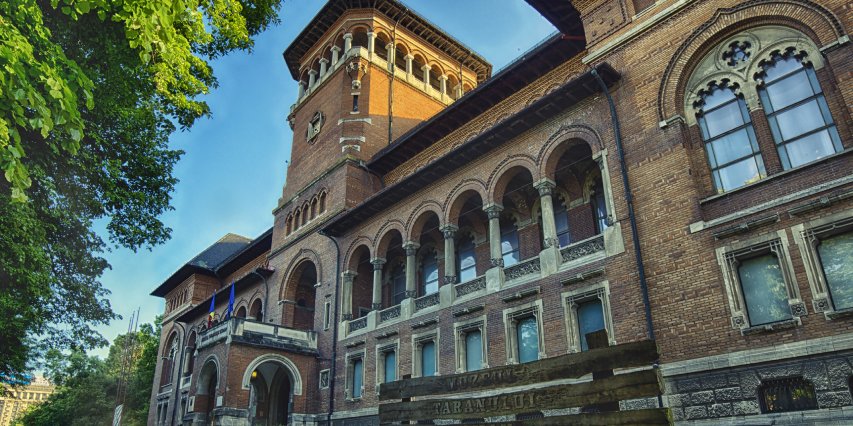The most beautiful museums in Romania are related to the following museums: Romanian Peasant Museum, National Museum of History and Archeology of Dragomiresti, Constanta Museum of Folk Art, Romanian Mosaic Edifice, National Museum of Dimitrie Gusti Village in Constanta Romanian Peasant Museum, Bucharest.
Romanian Peasant Museum, Dragomiresti
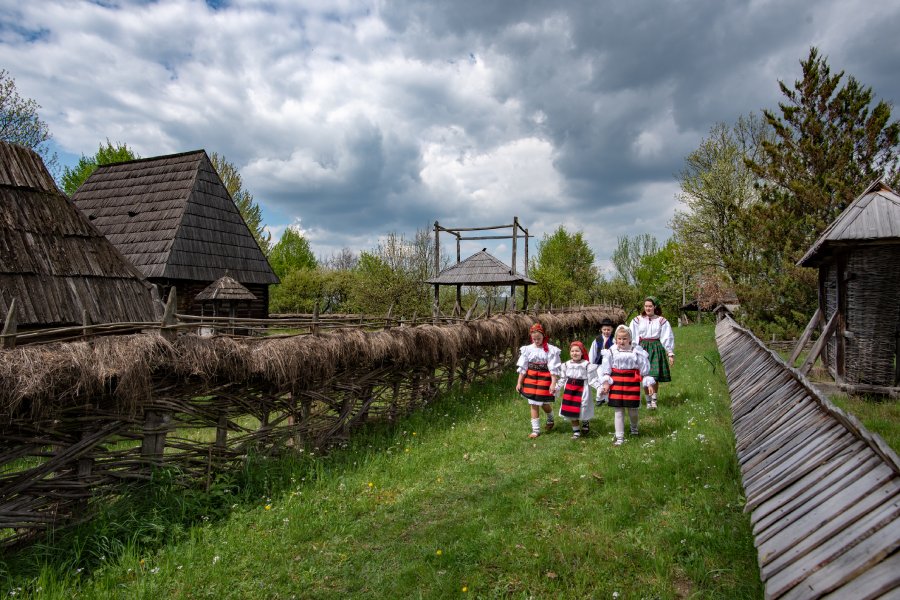
The museum is located in Dragomiresti and operates in a former peasant household and was set up with the desire to pay tribute to the woman for the important role she has in the development of human life.
Here are exposed decorative elements and clothing, objects specific to the hemp cloth, linen, and wool, as well as other household objects and traditional tools.
The museum, which is in one building, in fact an old house built in the style of Maramureş, is placed on the site of a household, which the household had as a last possession of a woman.
It seems that this museum was set up to show and commemorate the role of the Maramures woman in the everyday life of the family, a role that is often unknown but very important in raising, educating and shaping the character of children but also in preserving and transmitting traditions from ancestral estates.
Museum of National History and Archeology Constanta
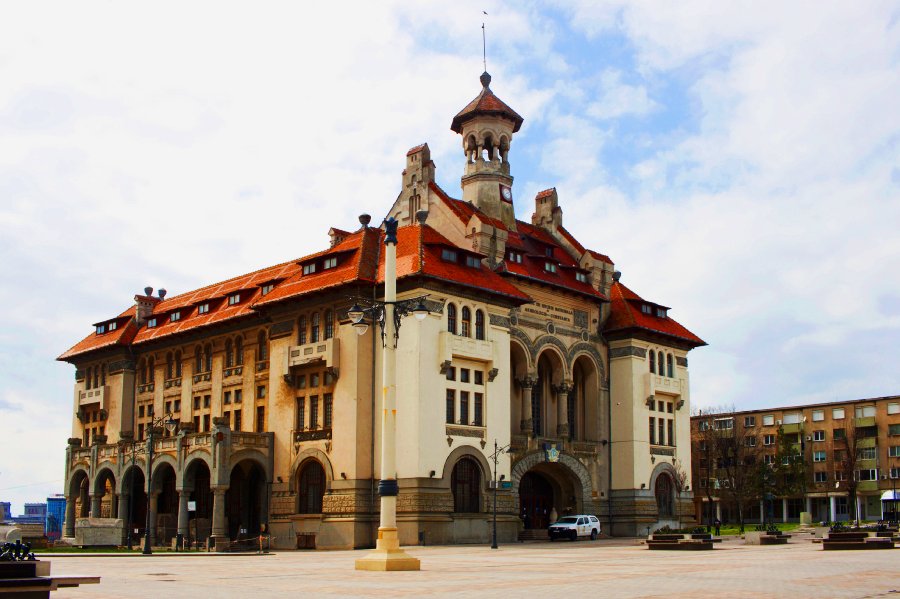
The National History and Archaeology Museum in Constanta is one of the richest museums in Romania and the second largest institution, in size, after the National History Museum of Romania in Bucharest.
The foundation stone of the museum was laid in 1879 by Remus Opreanu, the first prefect of the Romanian administration in Dobrogea, in an attempt to counter the smuggling of ancient pieces discovered in the archaeological sites of Constanta.
For almost a century, the Constanta History Museum experienced periods of decline and blossoming, being disorganized, reorganized and moved to various locations in the city. In 1977 the exhibits of the museum are permanently moved to the current office in Ovidiu Square.
The imposing building of the museum was built in the Romanian architectural style at the beginning of the 20th century and served as the headquarters of the City Hall until 1921.
The Museum of National History and Archeology boasts an impressive heritage, consisting of over 430,000 objects dating from the Paleolithic to the modern age. The museum differs from similar institutions in other counties in the fact that, although it focuses on the history of Dobrogea, it has a national theme.
Museum of Folk Art, Constanta
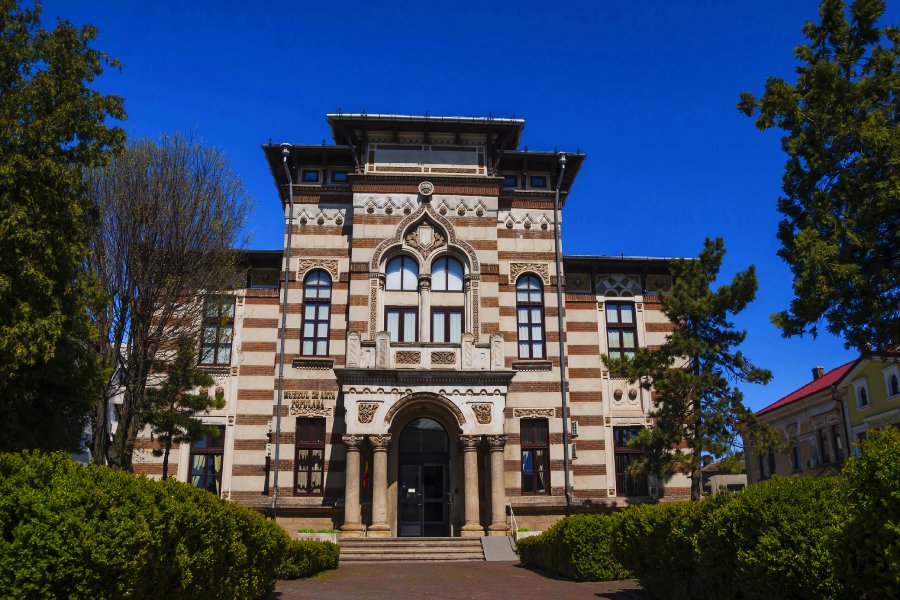
In 1975 the folk art collection was established at the Constanta Art Museum, and in 1980 it became a section of art. Since 1985 there has been orientation of acquisitions and other ethnographic areas in the country.
Since 1990, it is an institution with legal personality. The basic exhibition includes all genres of folk art distributed over ethnographic areas, the museum having a national character. The museum building dates back to 1893 and is an architectural monument.
It was originally the town hall, then the post office. It was restored in 1973, 1978, 1989. Folk art collections from all regions of the country include ceramics, wood and glass icons, metal, folk port, bark, fabrics, textiles, ornaments. Household objects of ceramic, wood, metal are characterized by great typological wealth.
Roman mosaic edifice, Constanta
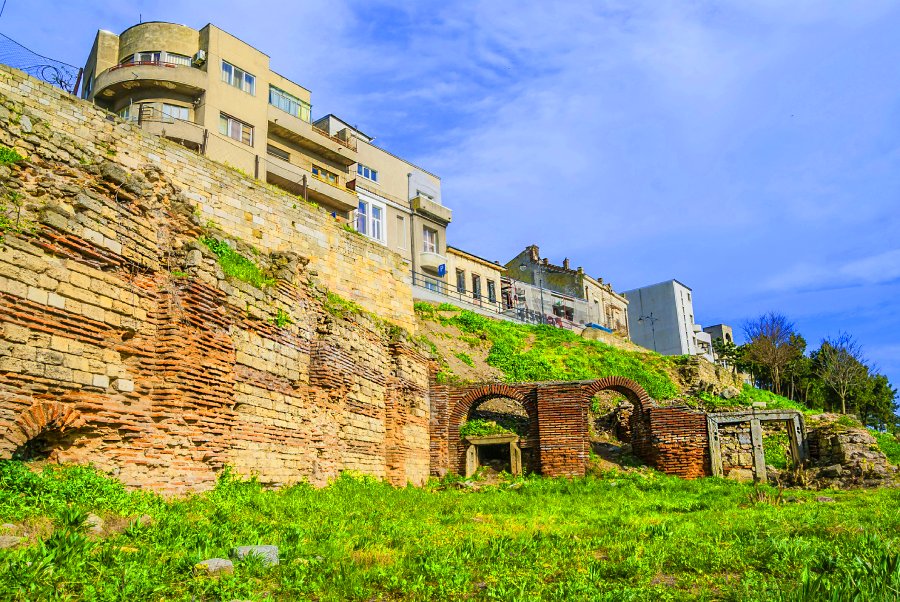
ROMANIAN EDUCATION WITH MOZAIC is located in the immediate vicinity of the Museum of National History and Archeology and was discovered in 1959 during some public works carried out in Ovidiu Square.
Research after the discovery attests that the monument was built in the 4th century and gradually expanded to the sixth century when it ceased to function. In its glorious times, the edifice was the largest of its kind in the entire Roman Empire, serving as a point of connection between the port and the ancient city, where it was the place where the commodity trade and storage activities took place.
At origins, the construction stretched on three of the four terraces of the tomb port. The first terrace was situated at the current level of Ovidiu Square and connects with one of the public squares of the ancient city.
National Museum of the Village “Dimitrie Gusti”, Bucharest
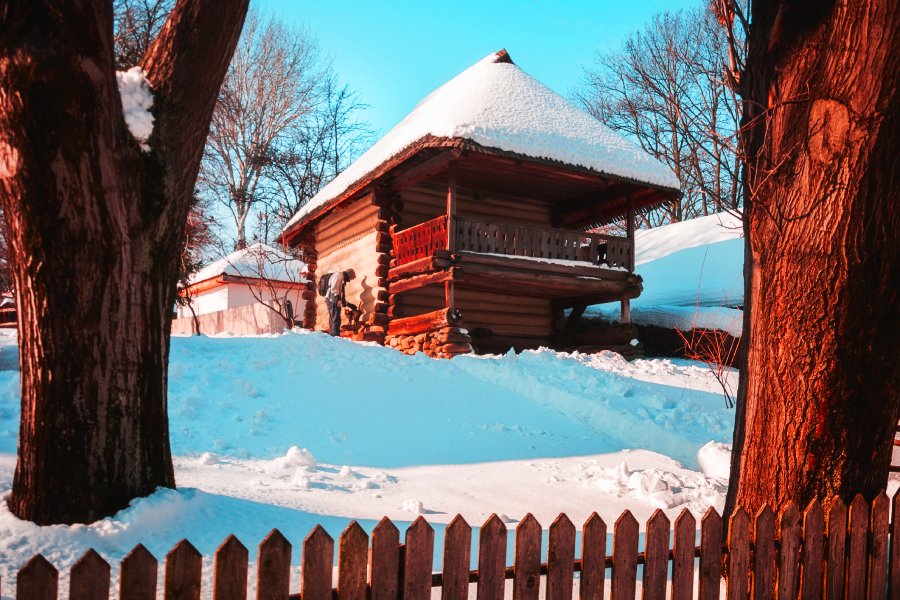
The Village Museum is one of the largest and oldest museums in Europe. In the museum, you can see original monuments such as houses, churches, water, and windmills, of great historical and artistic value.
House exhibits such as braids, vases, carpets, icons, and furniture express the creativity and spirit of the Romanian people.
Placed in a green area, the museum brings together about 300 buildings (houses, annexes, workshops, churches). 10 households have been brought from Moldova, including the Straja house (dating back to 1760).
Dobrogea households draw attention to the house in Ostrov with the prison supported by beautifully ornamented poles, the Lipovan household (1898) and the cherhanaua, both in Jurilovca.
Romanian Peasant Museum, Bucharest
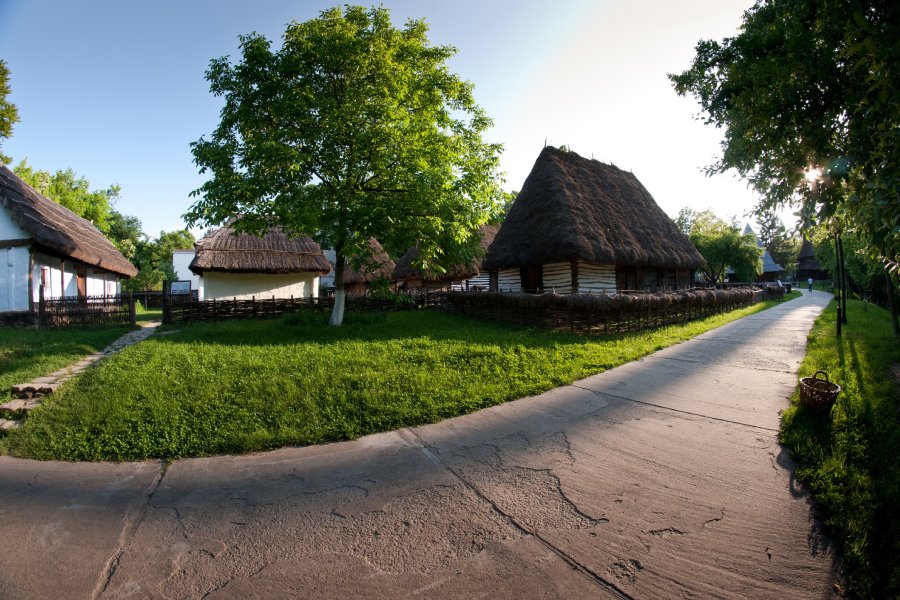
The Romanian Peasant Museum is a national museum, of folk arts and traditions in Bucharest. Owned by the Ministry of Culture, the museum preserves and exhibits numerous collections of objects and monuments of material and spiritual culture.
All these are housed in a building, which is a historic, neo-Romanian monument. The Romanian Peasant Museum, the National Museum of Art and Tradition, owns the richest collection of peasant objects in Romania.
The original style of exposure is also expanded in museum publications, such as the Missionary Museum, village school or in events such as variations, concerts, conferences. Since 2007, the museum has its own publishing house, the Martor Publishing House, and a magazine of the same name.
